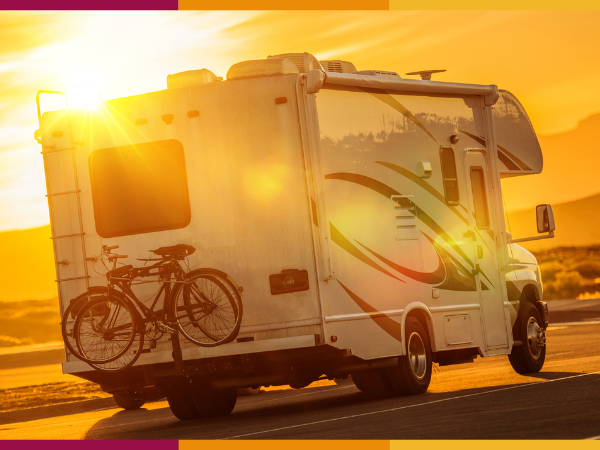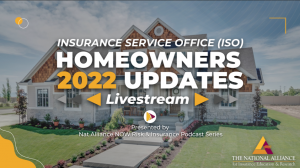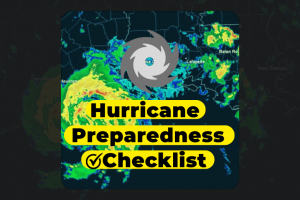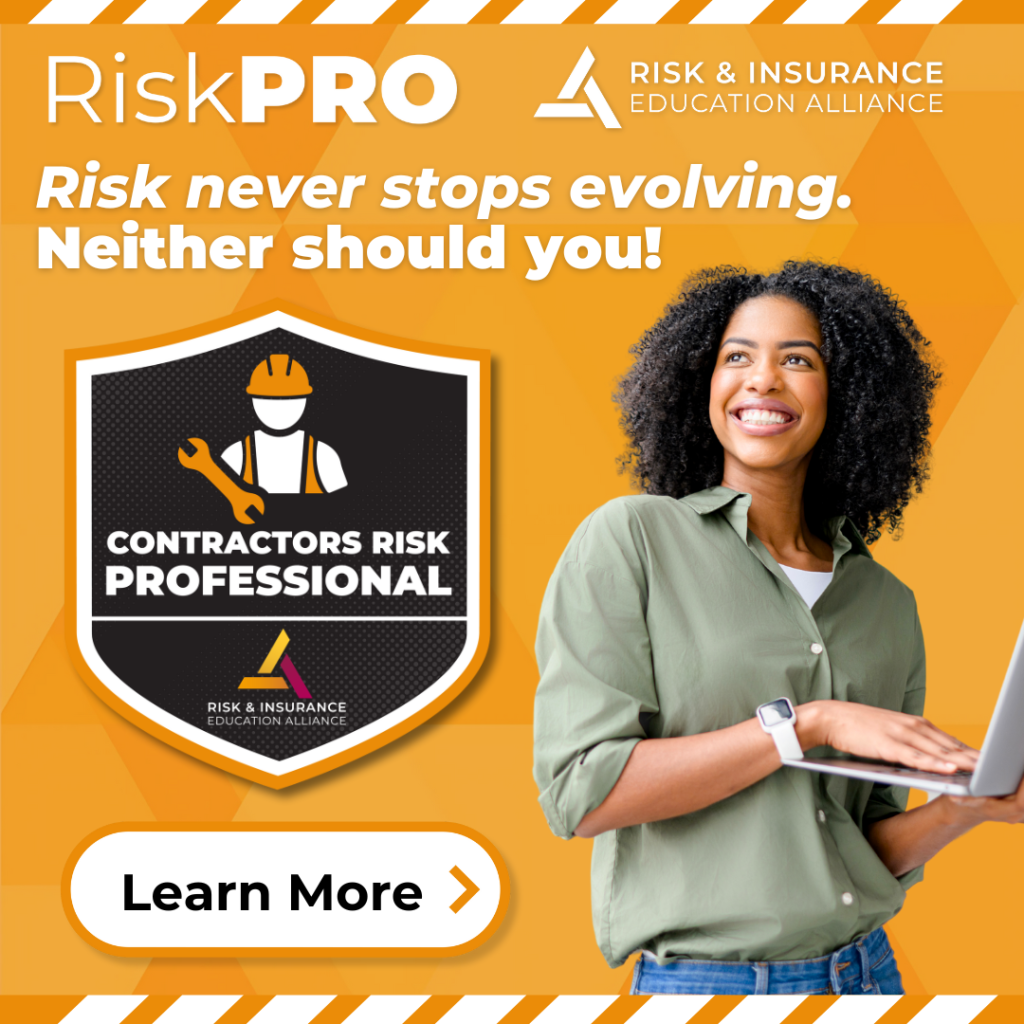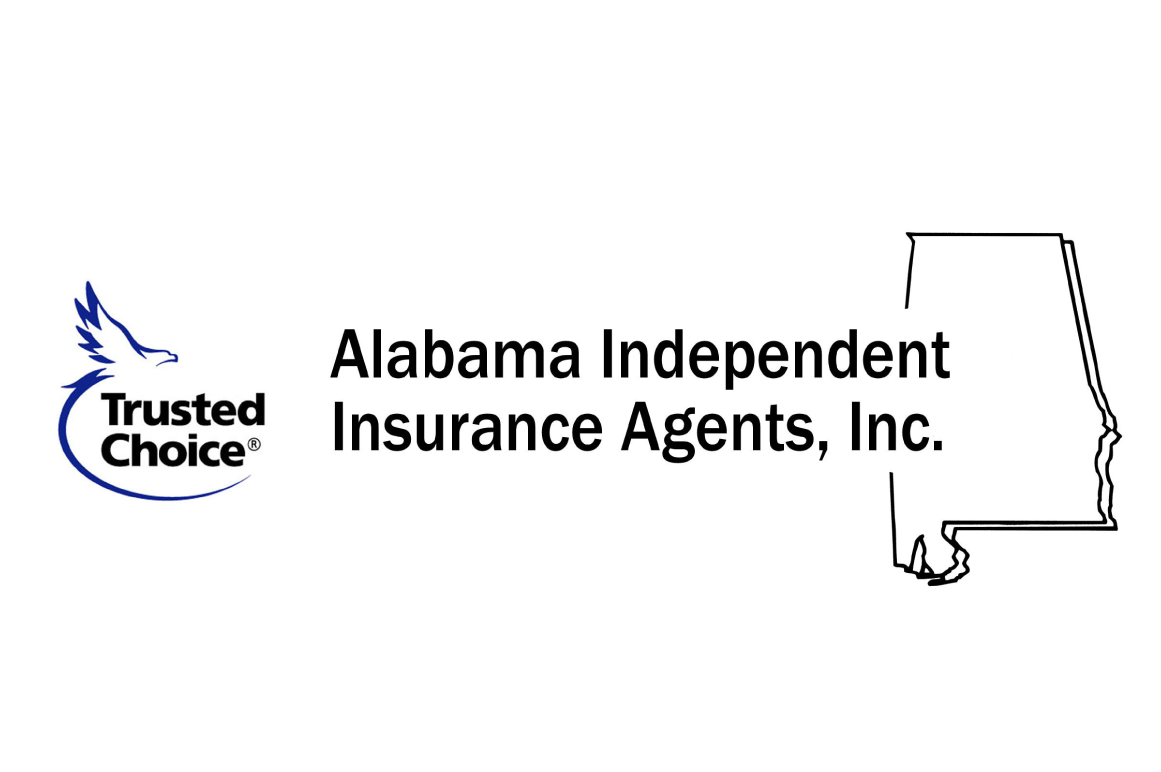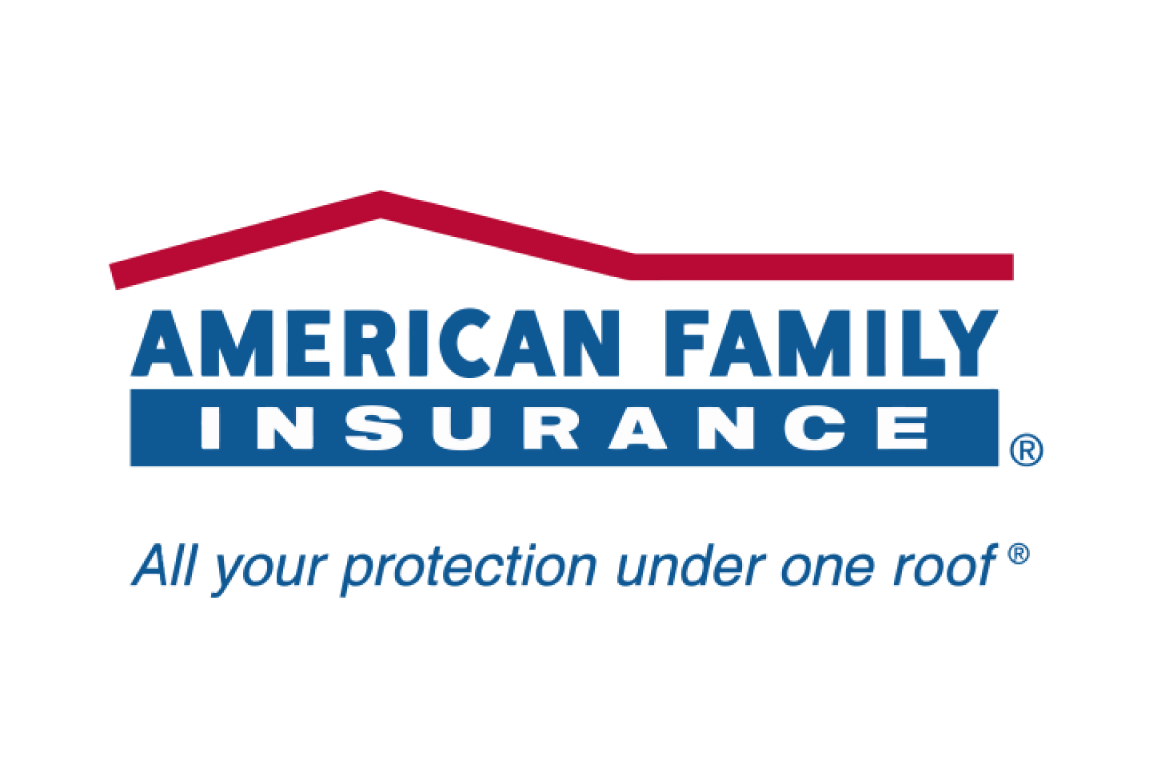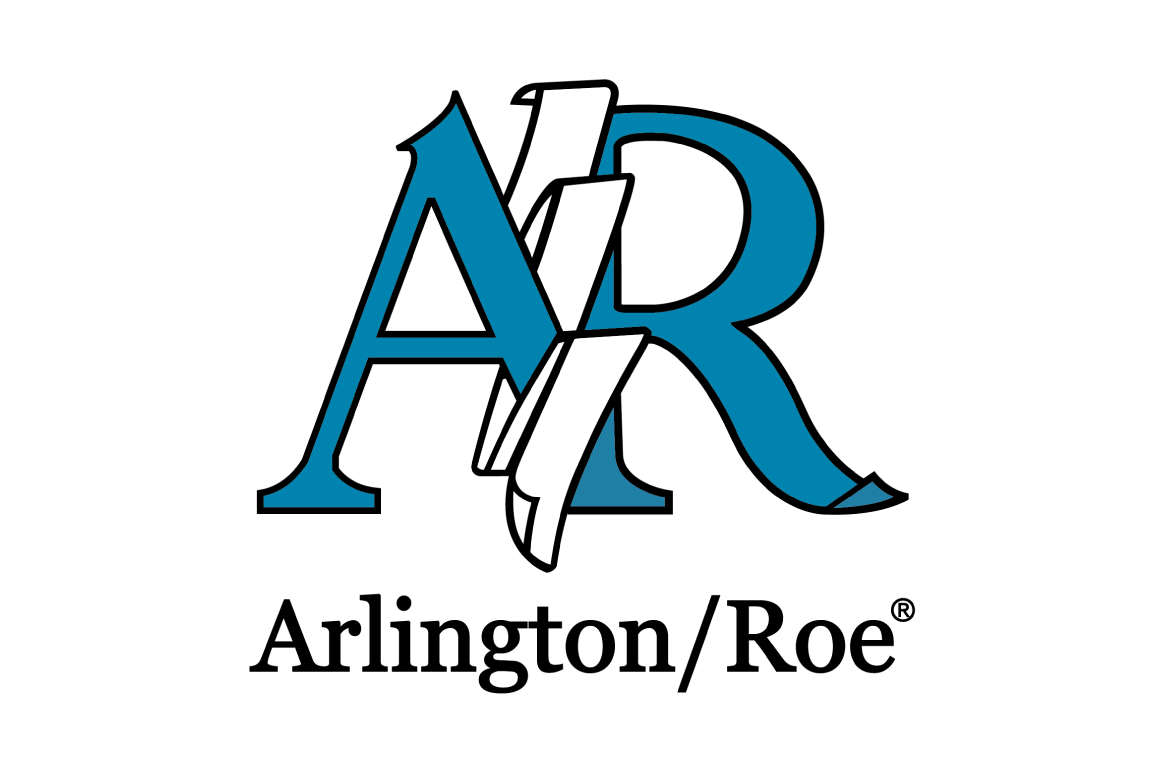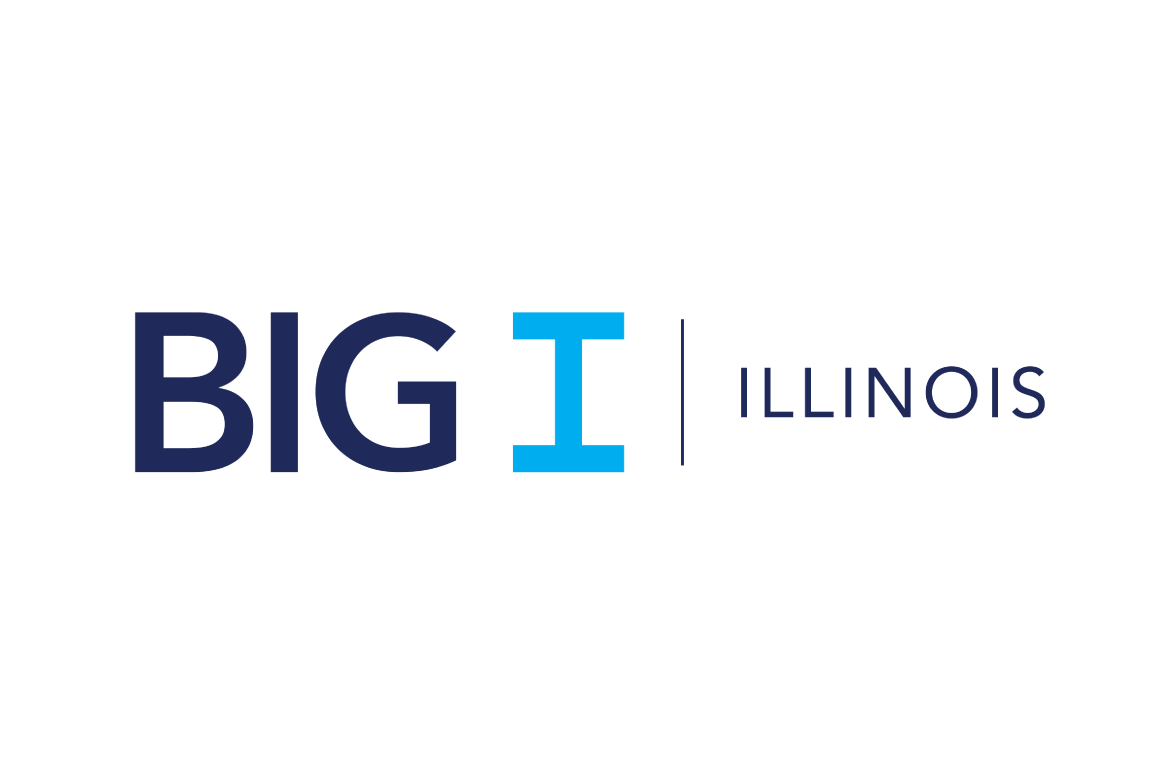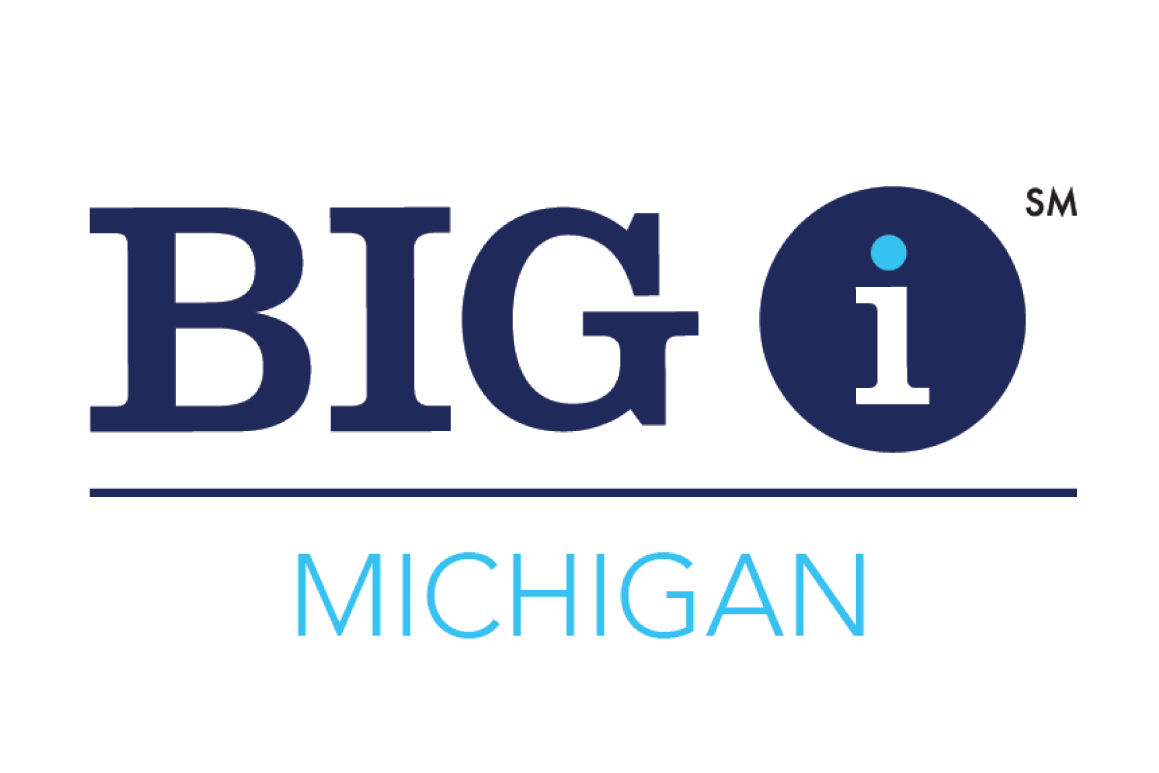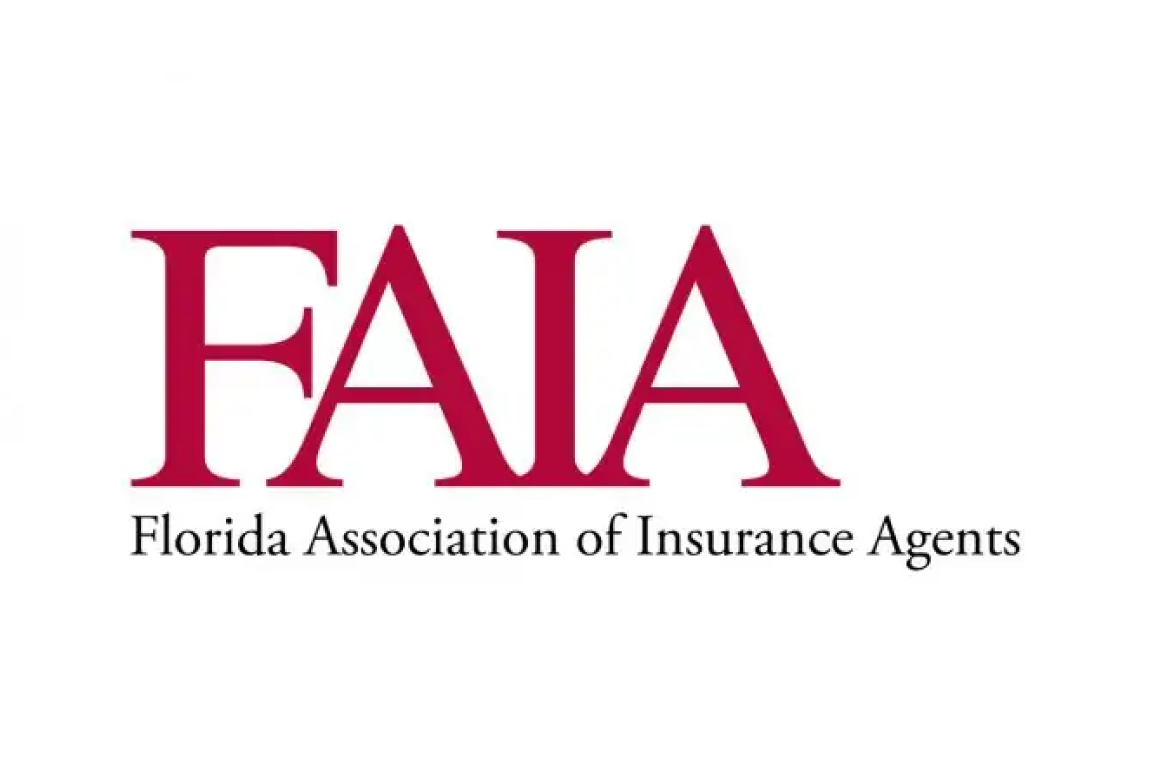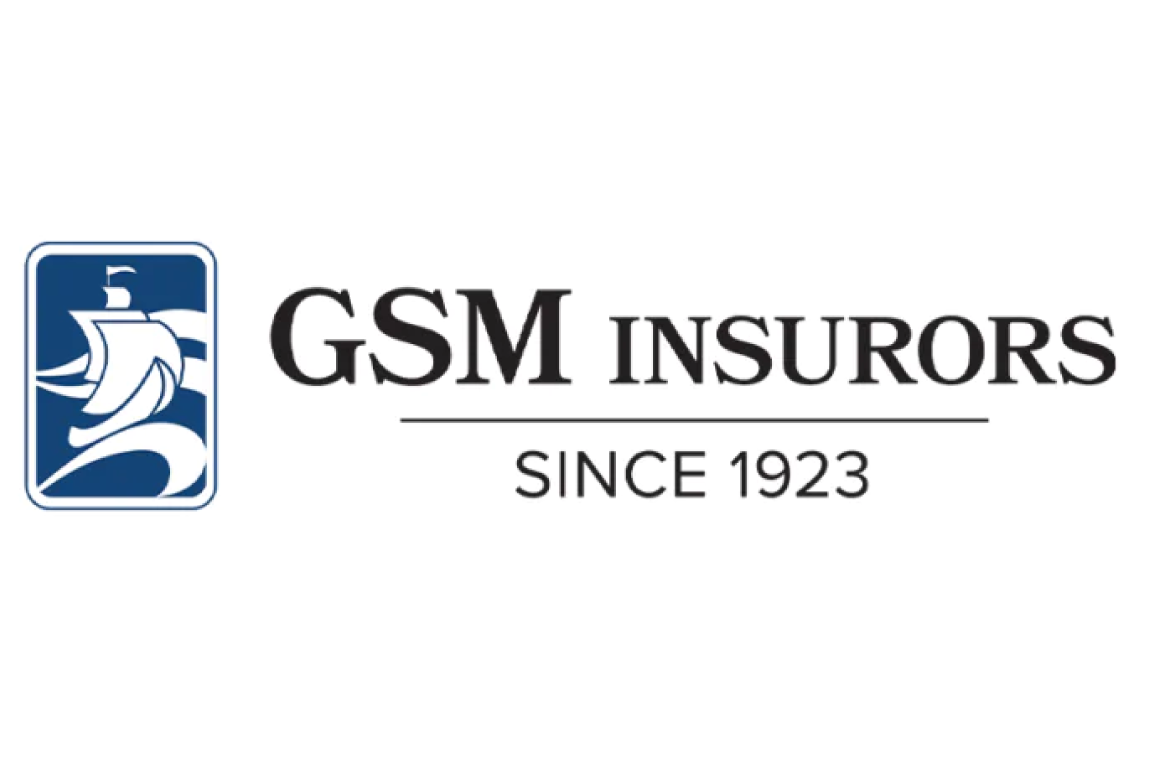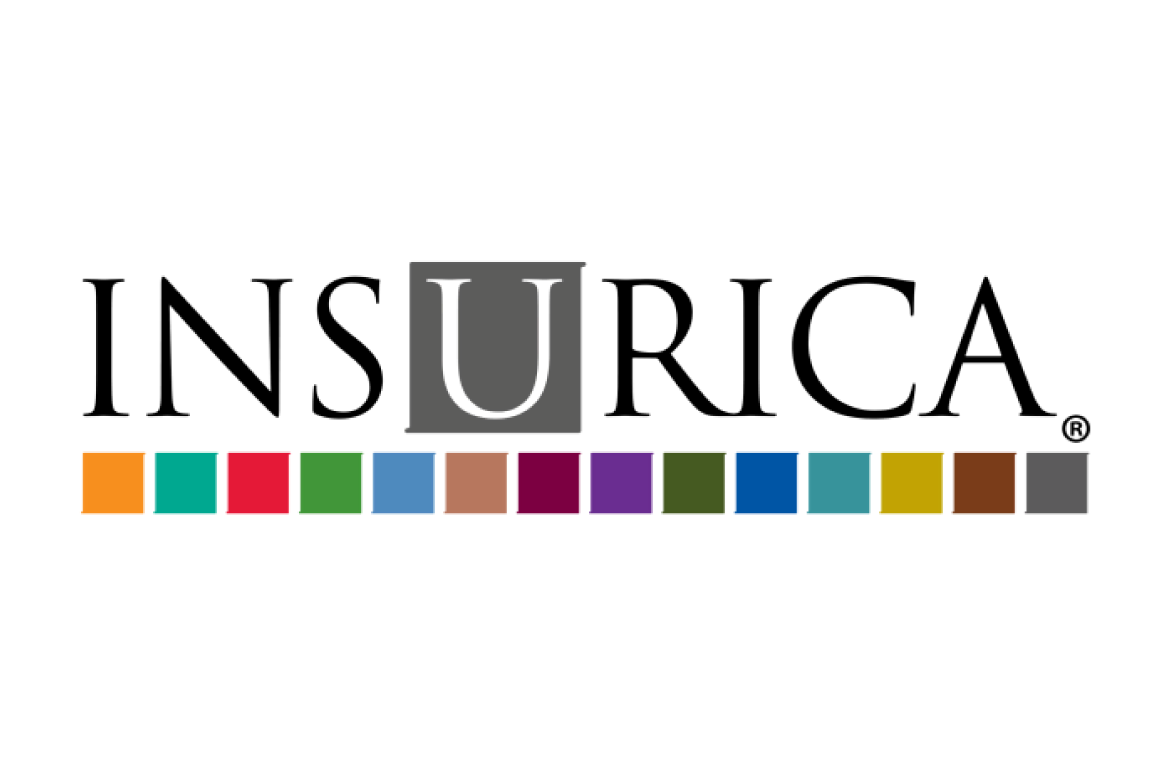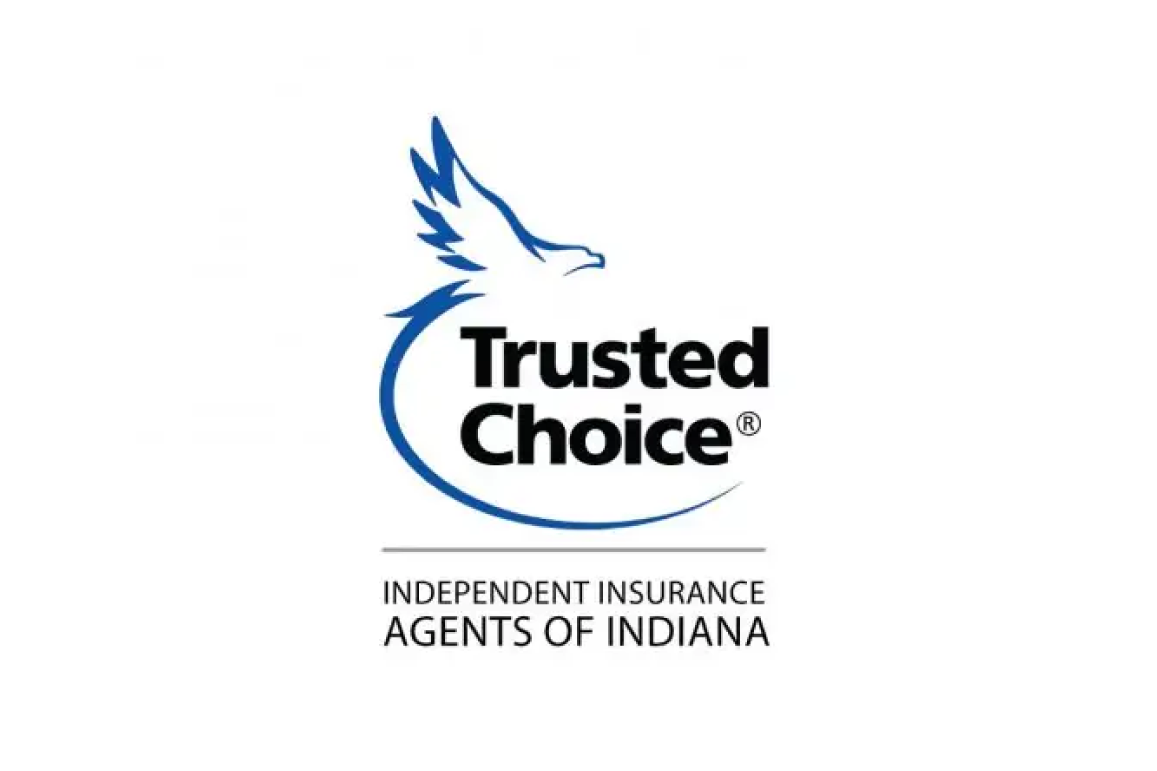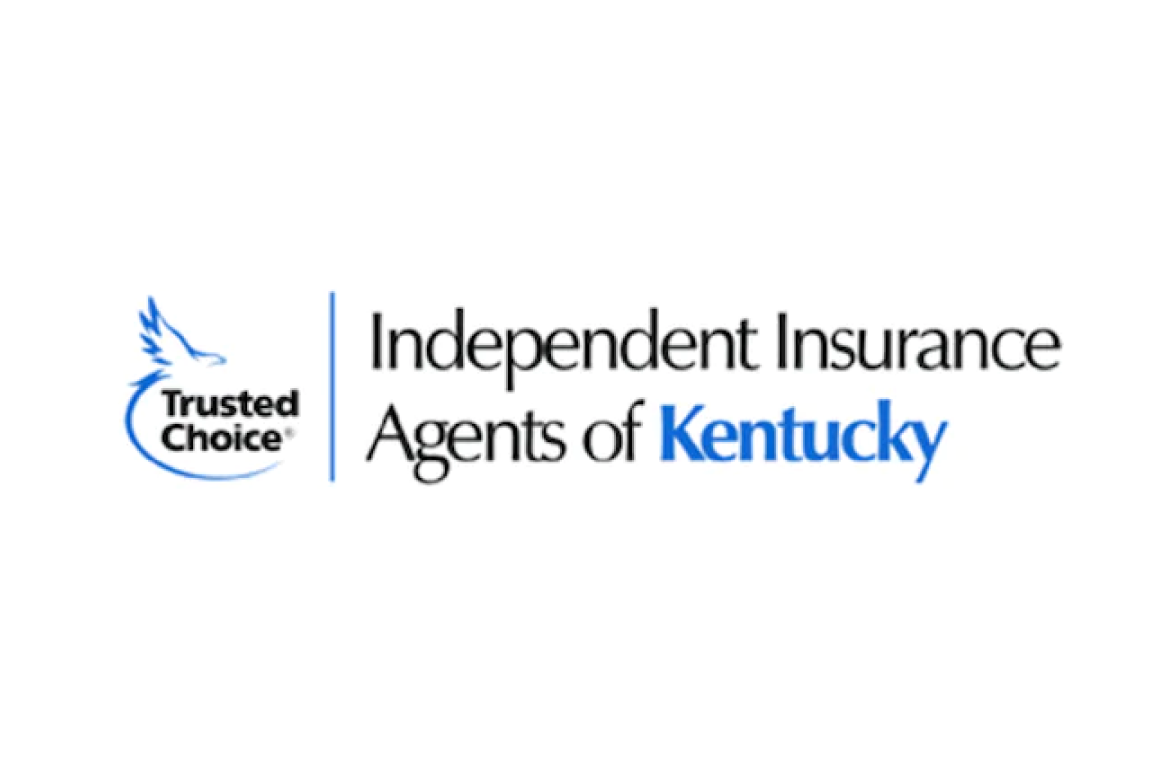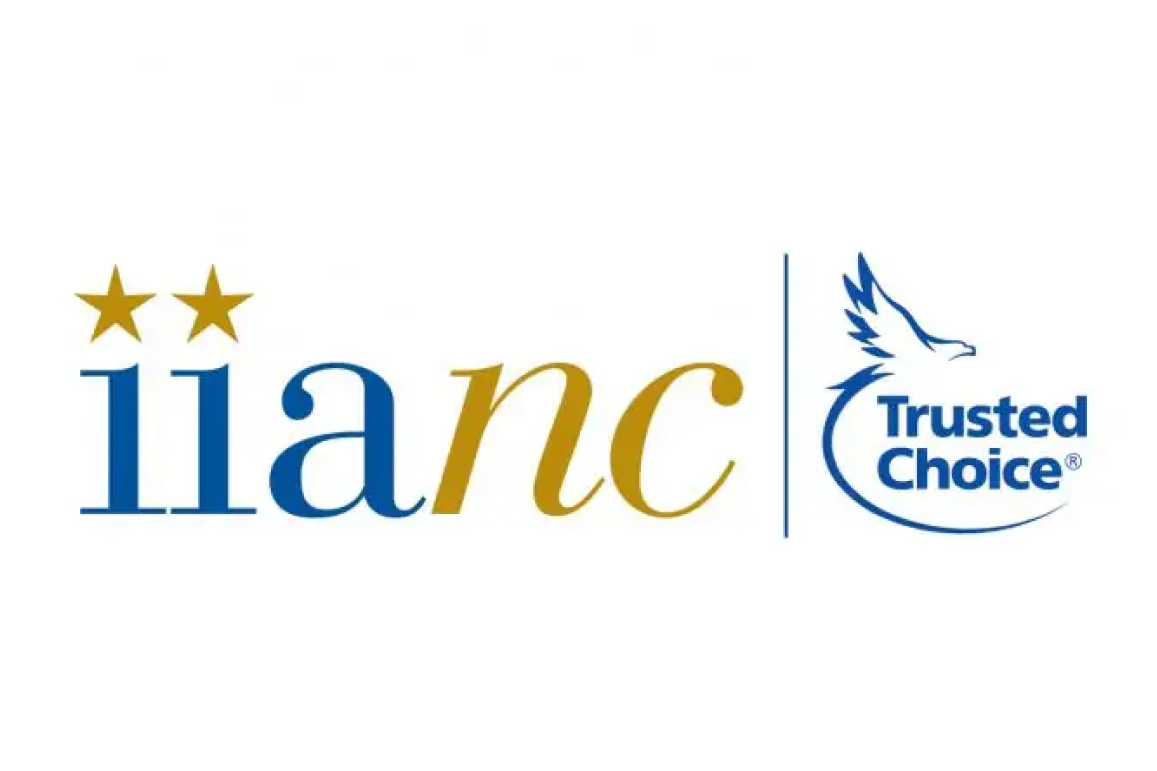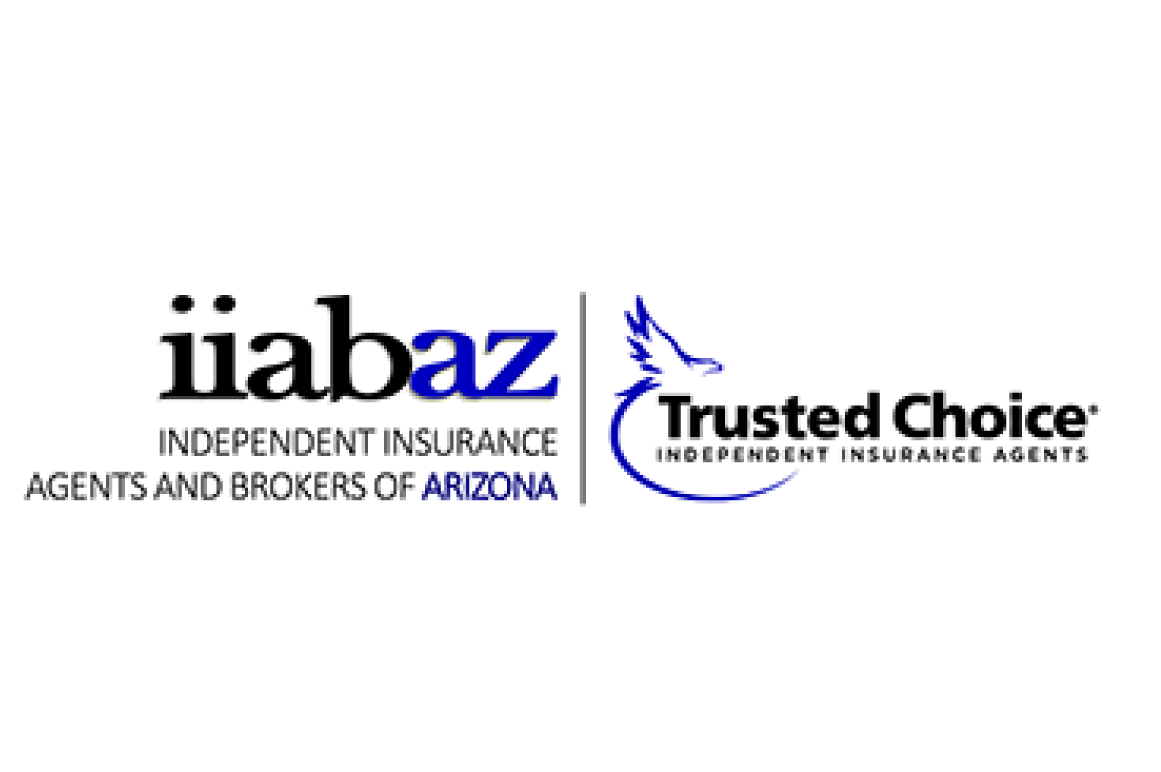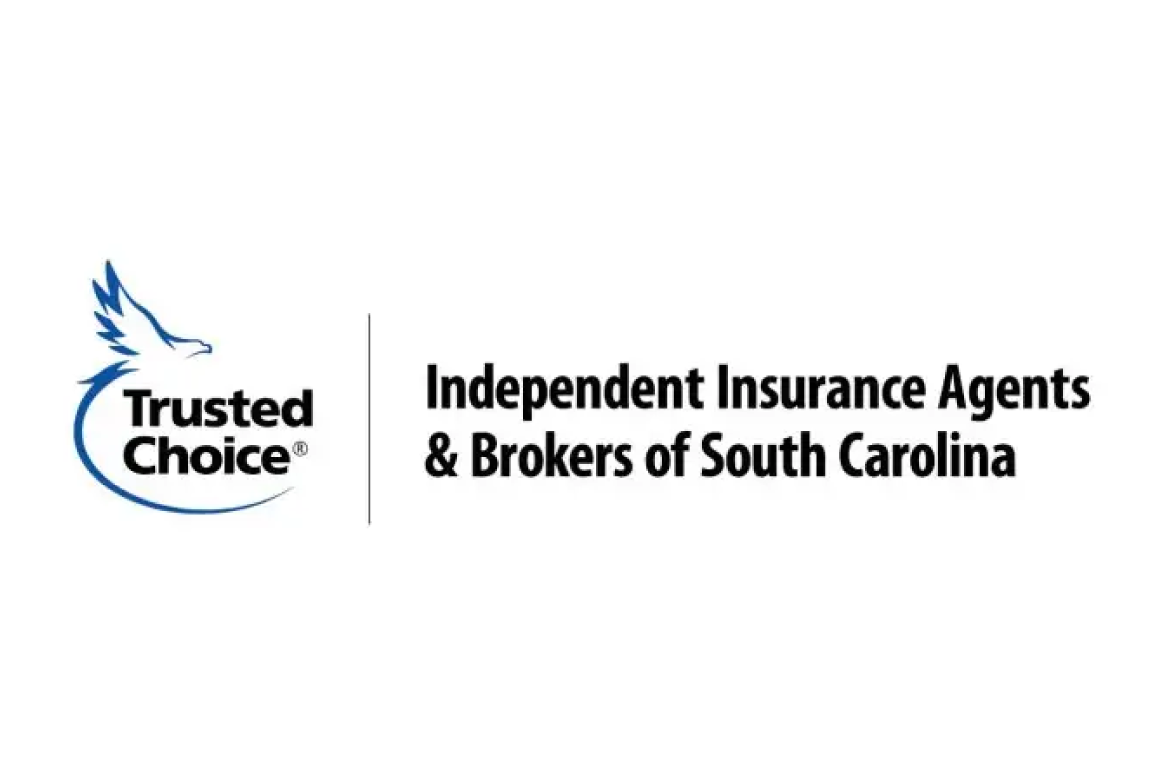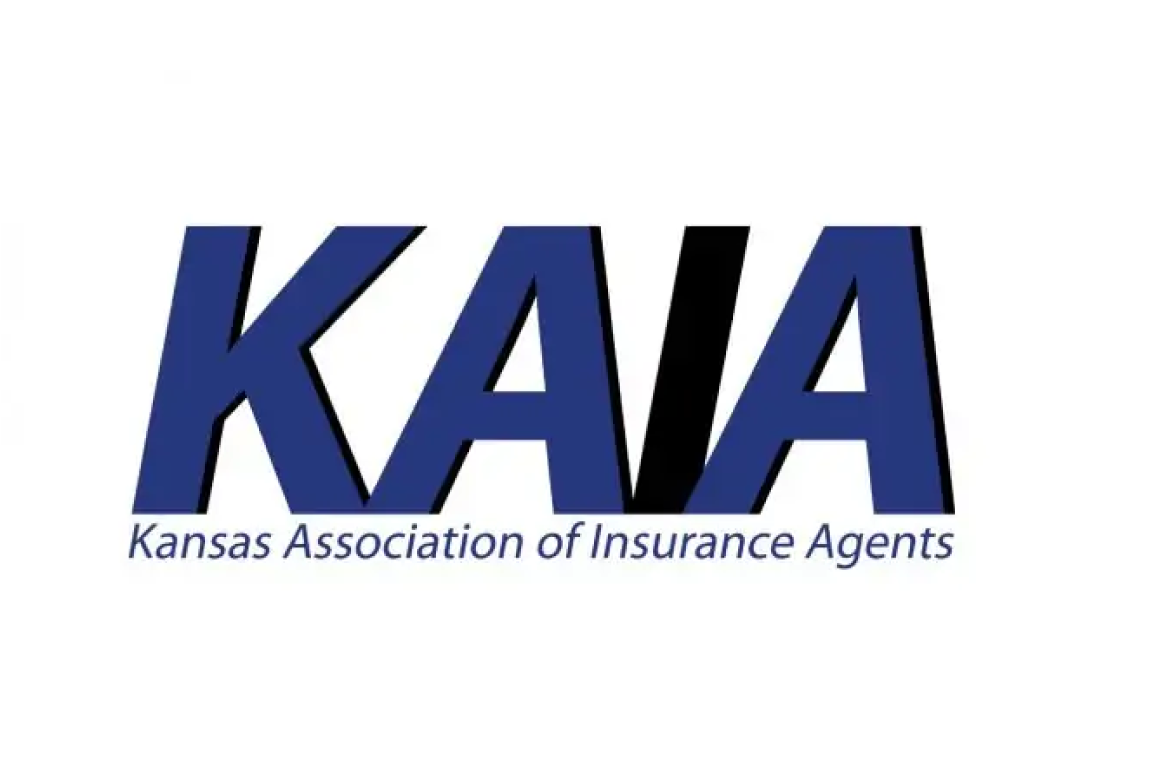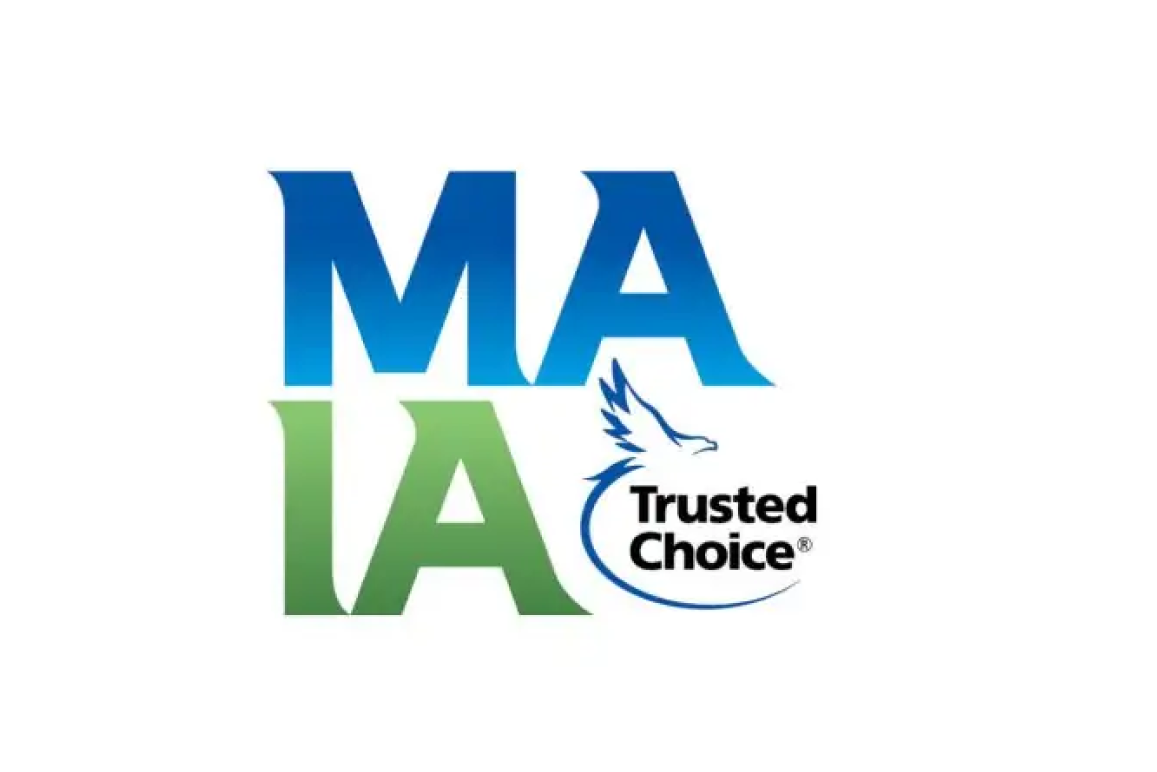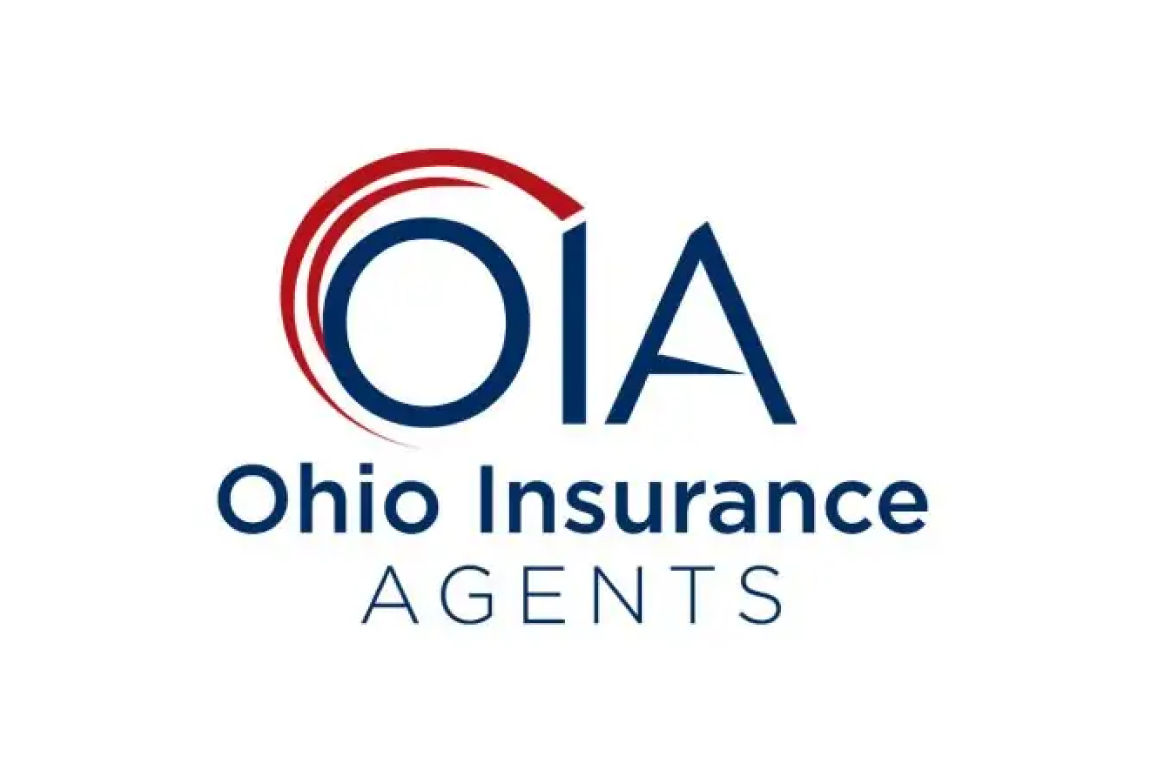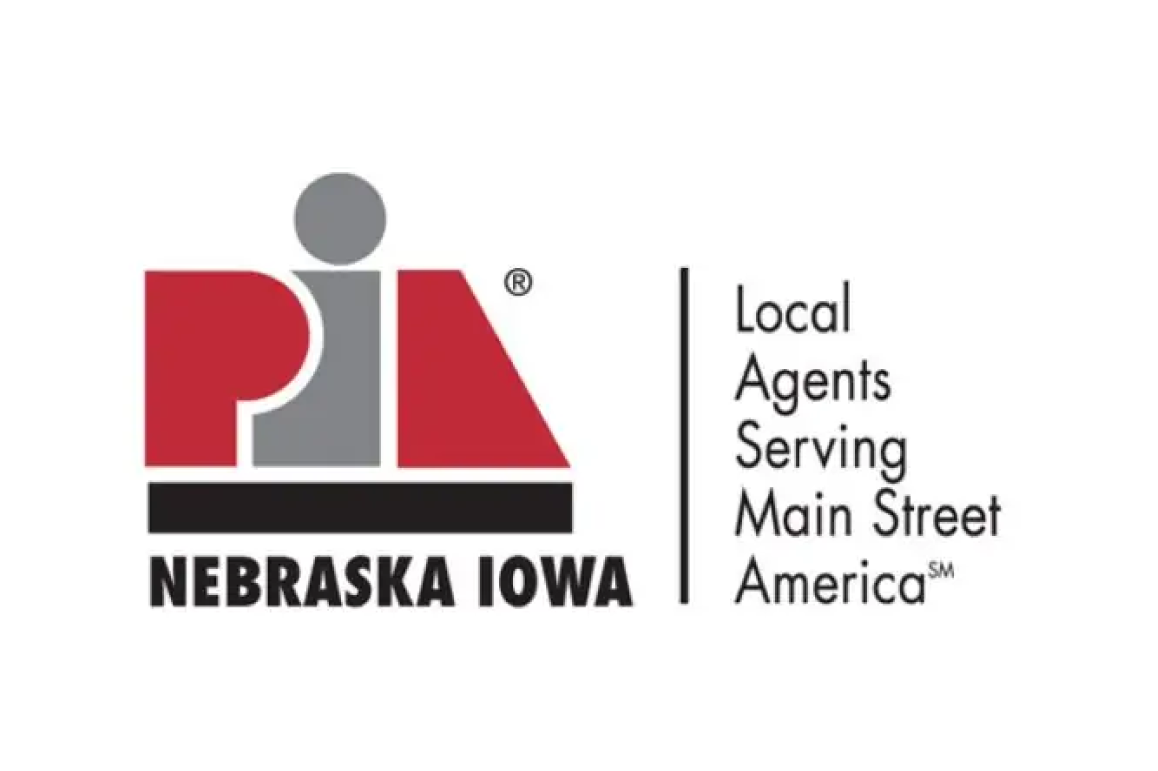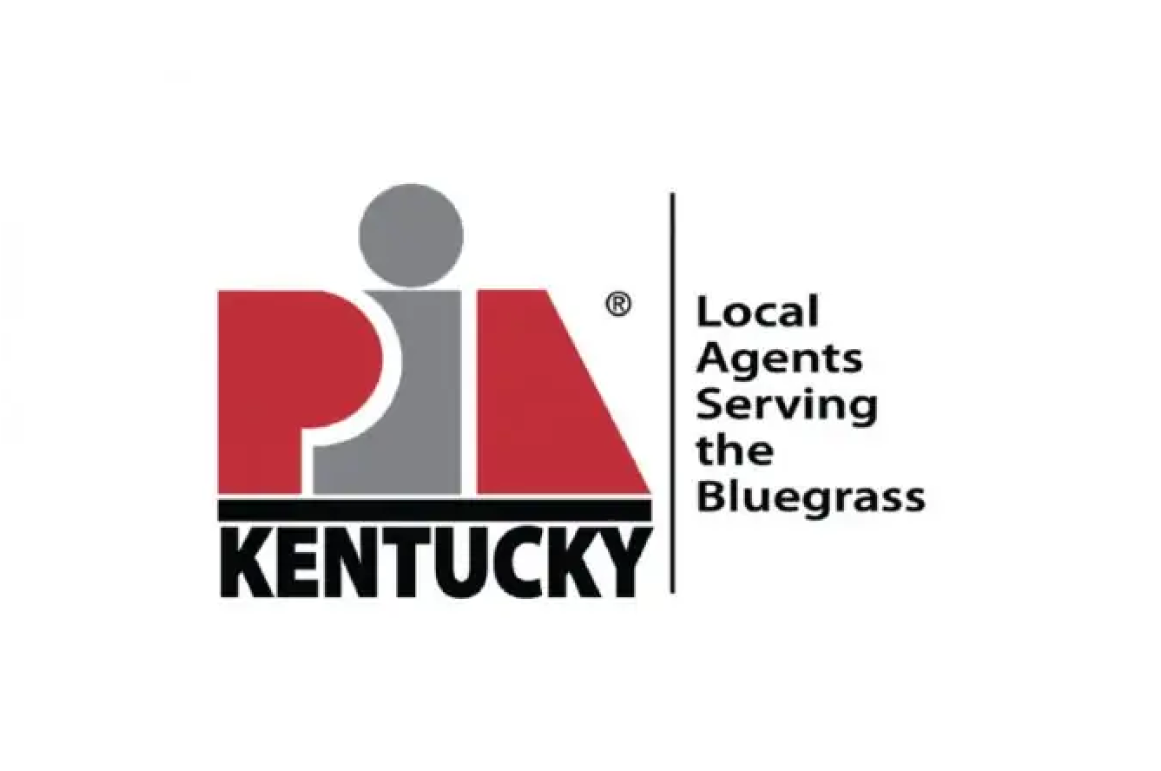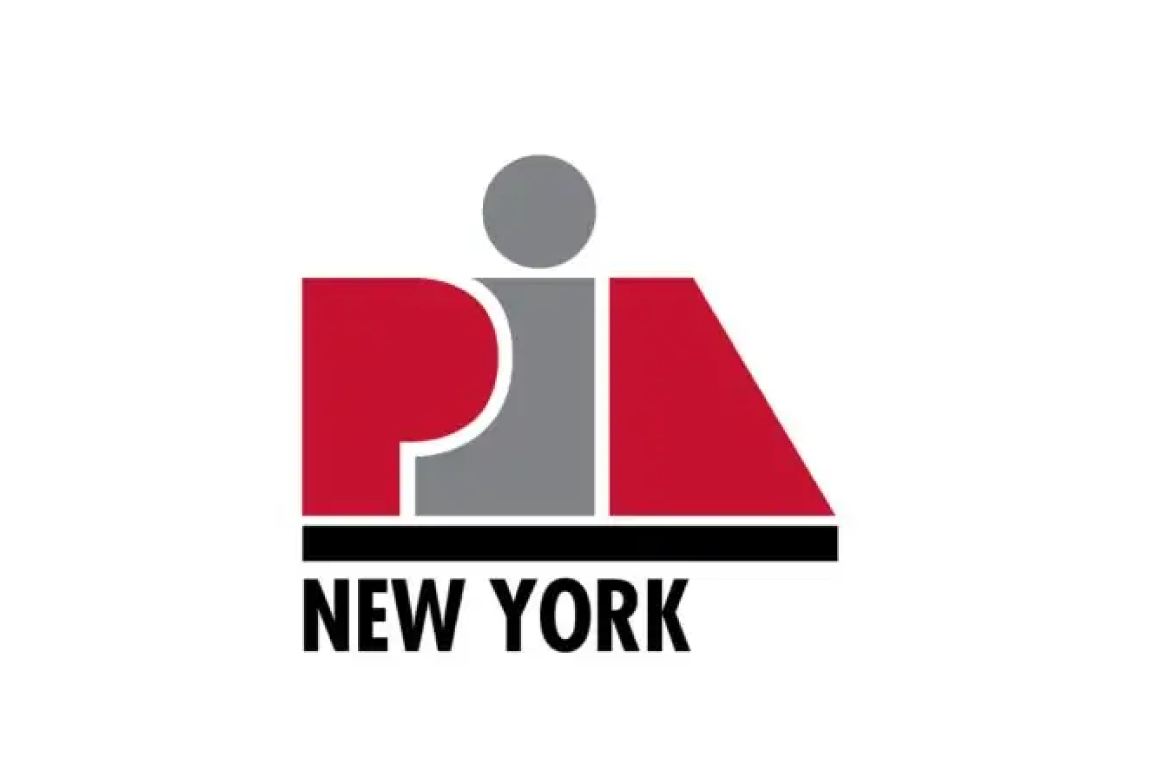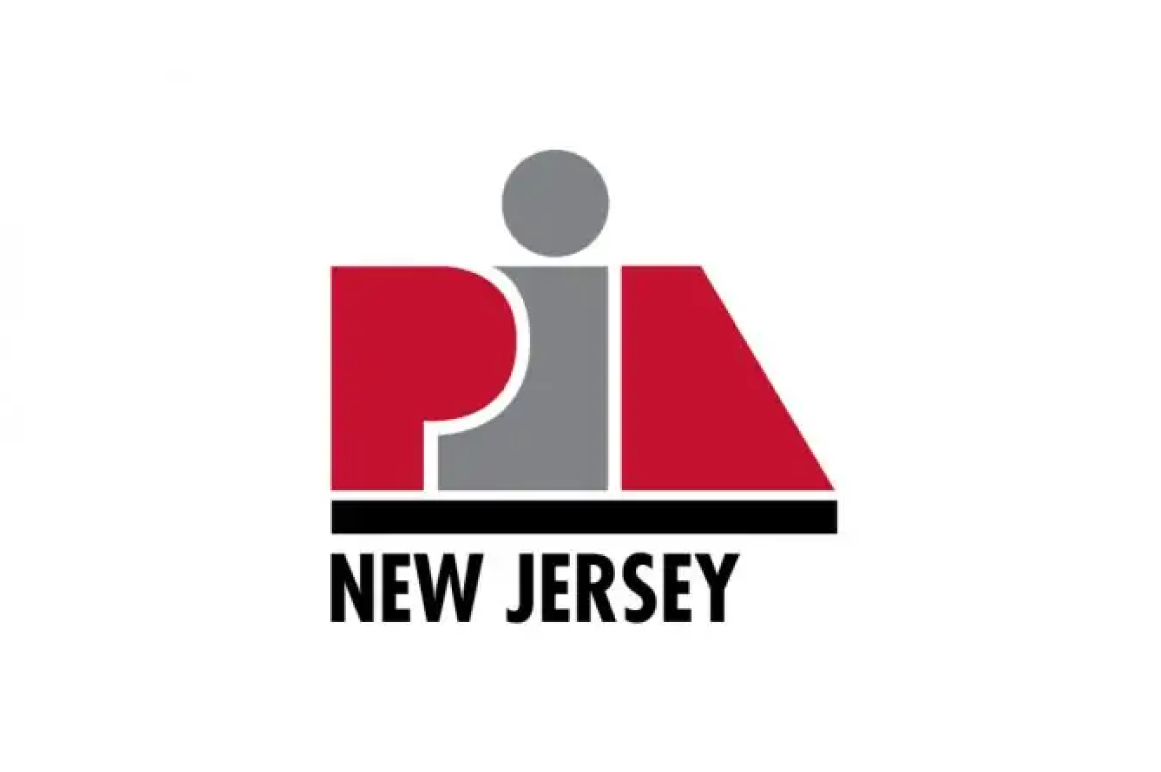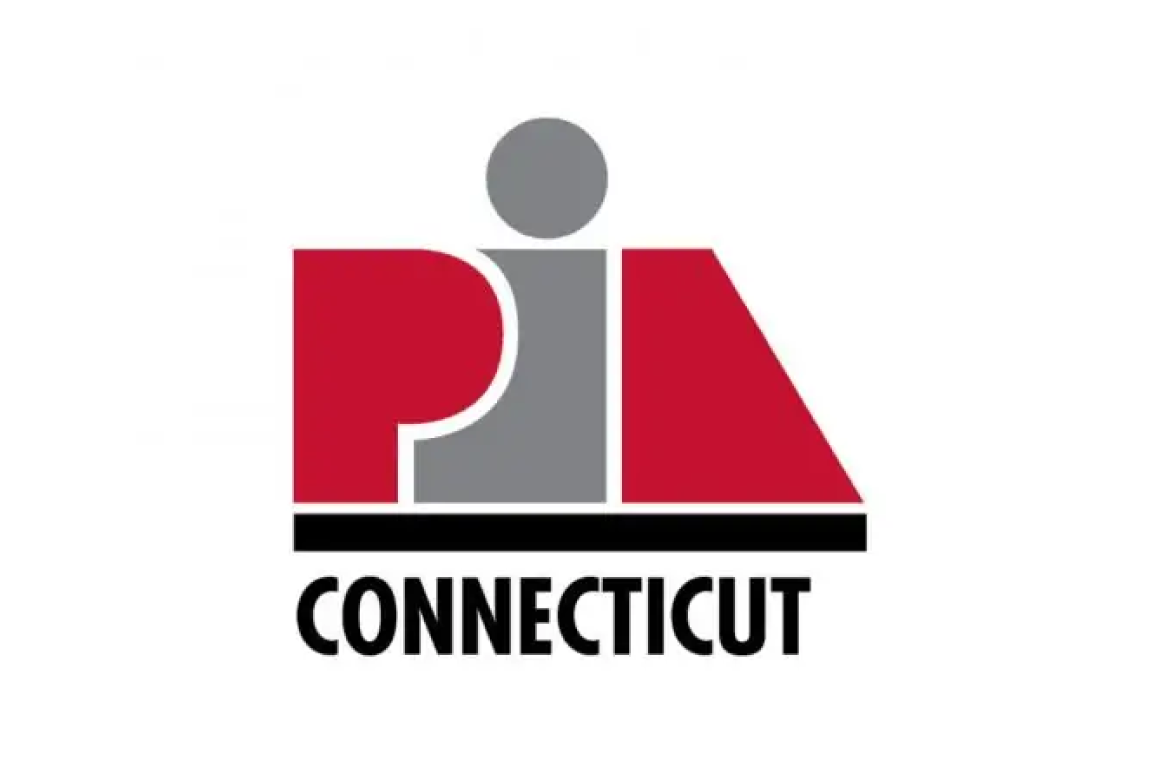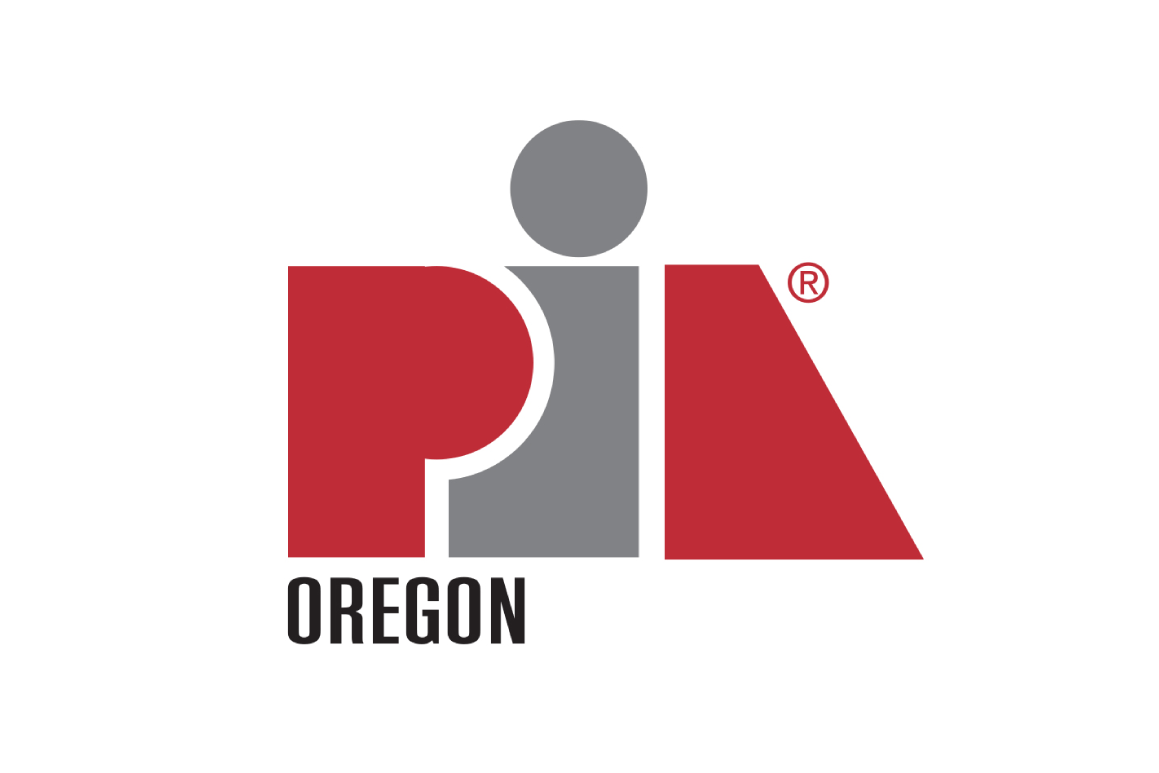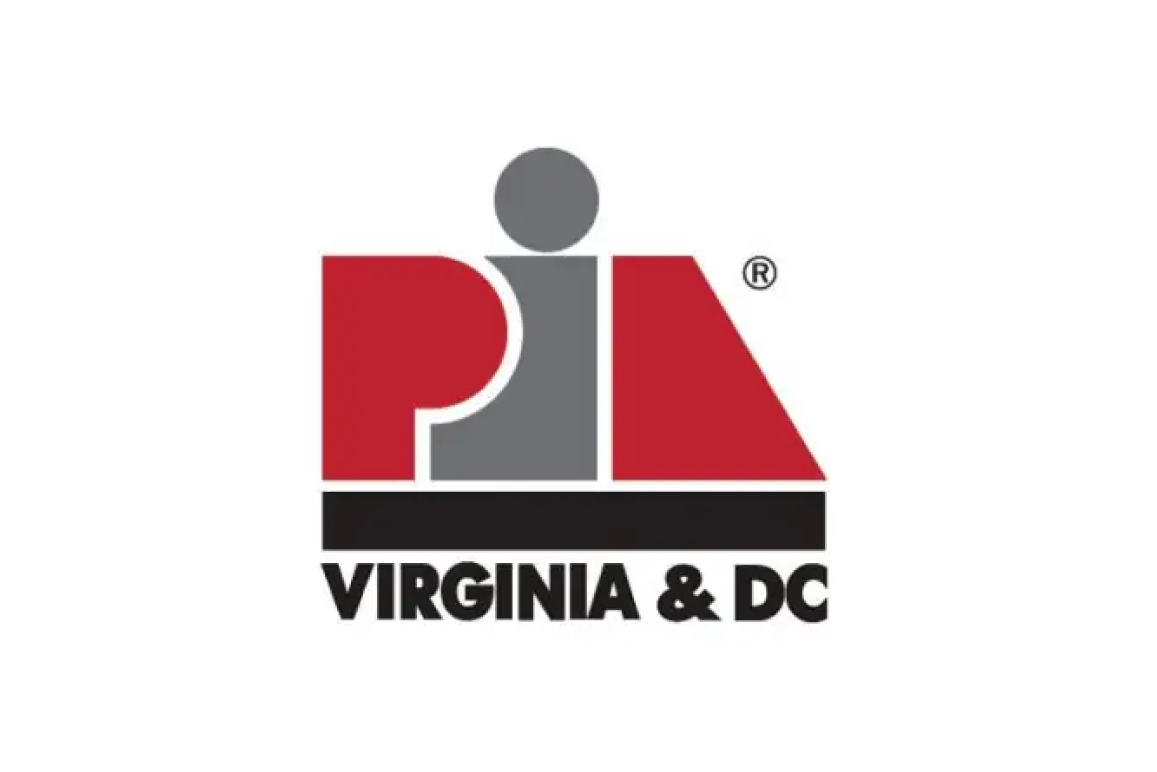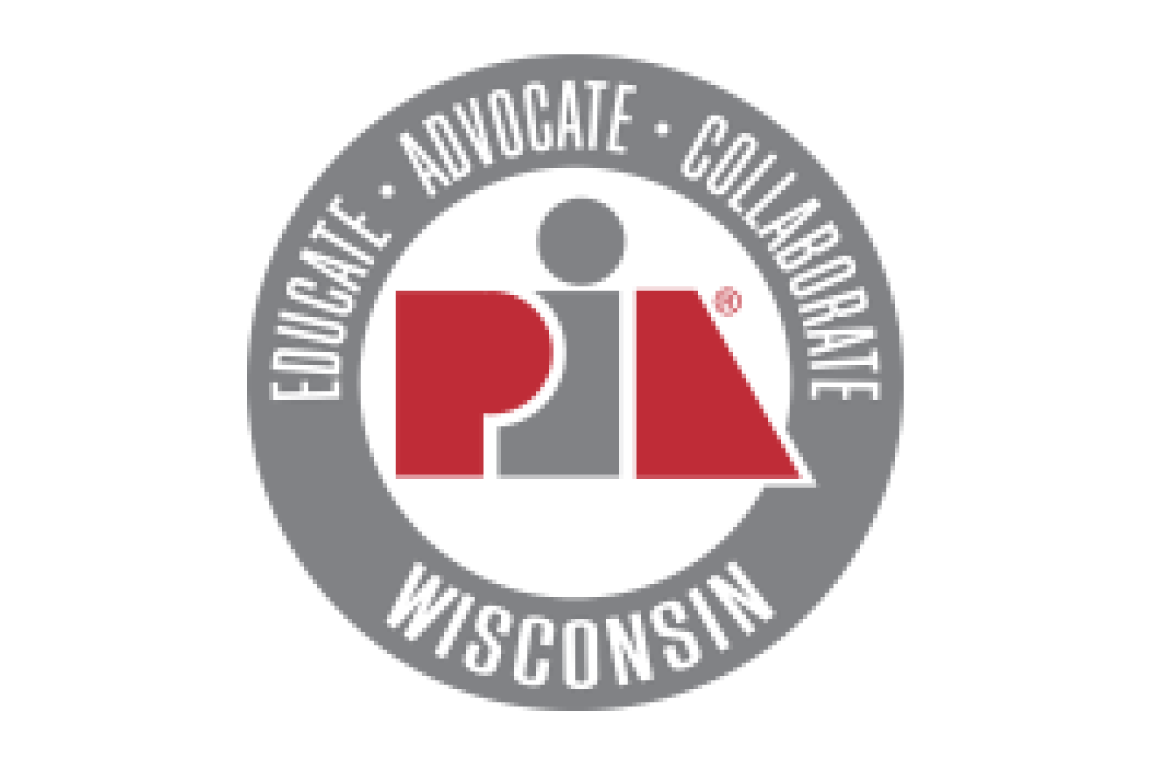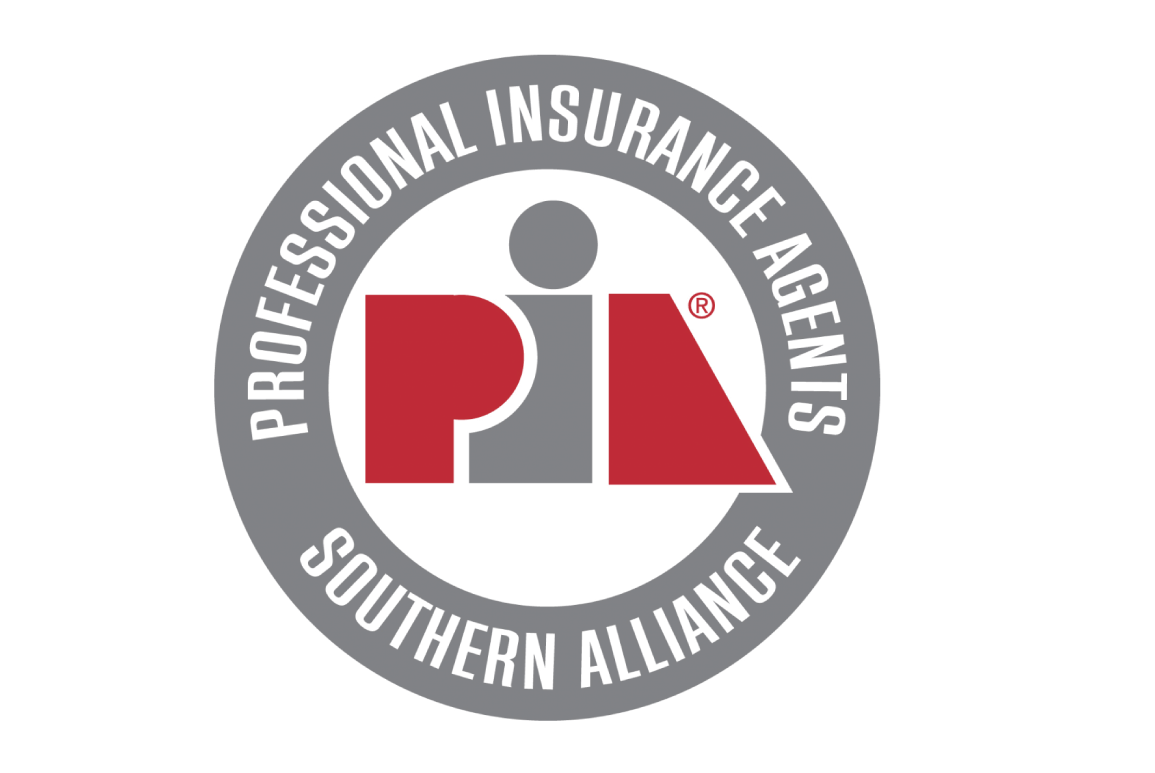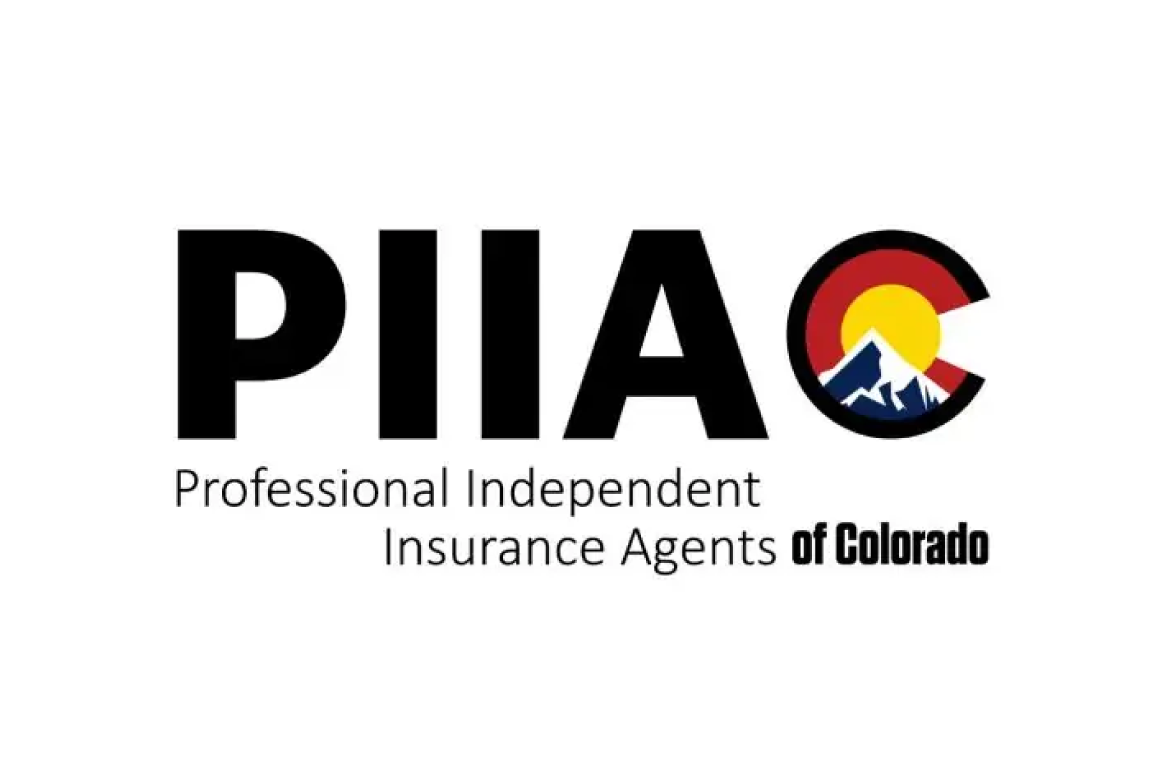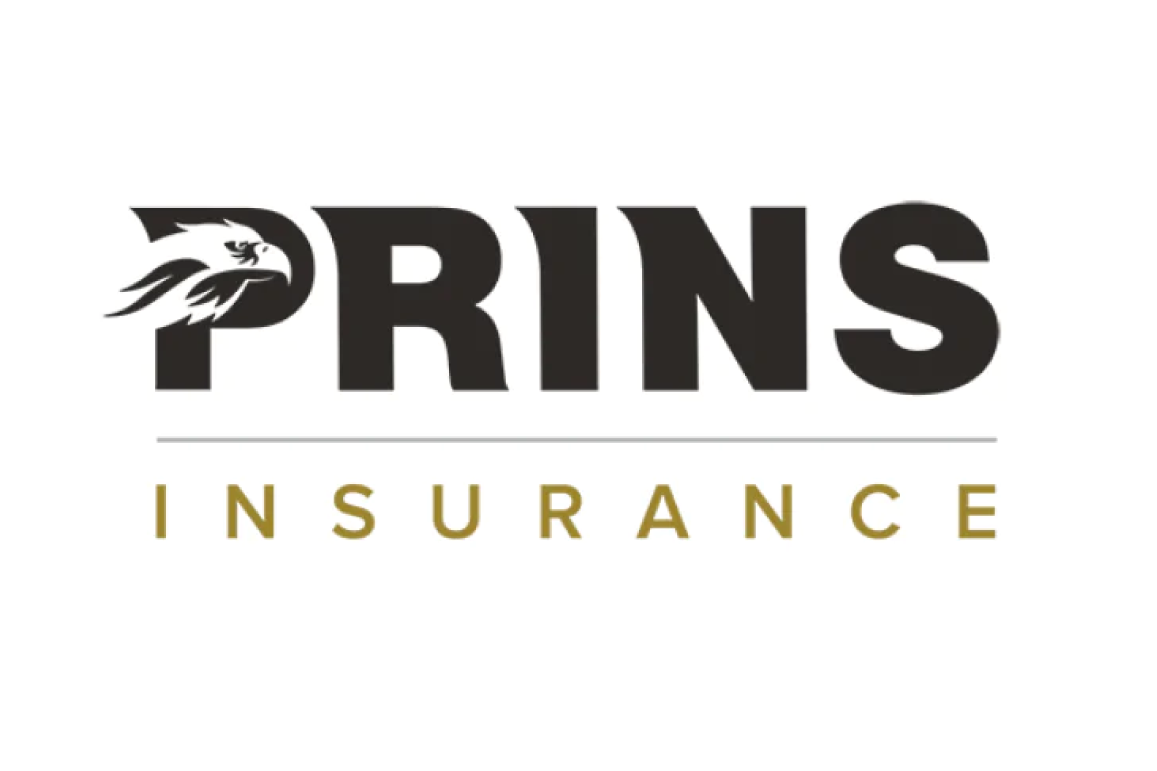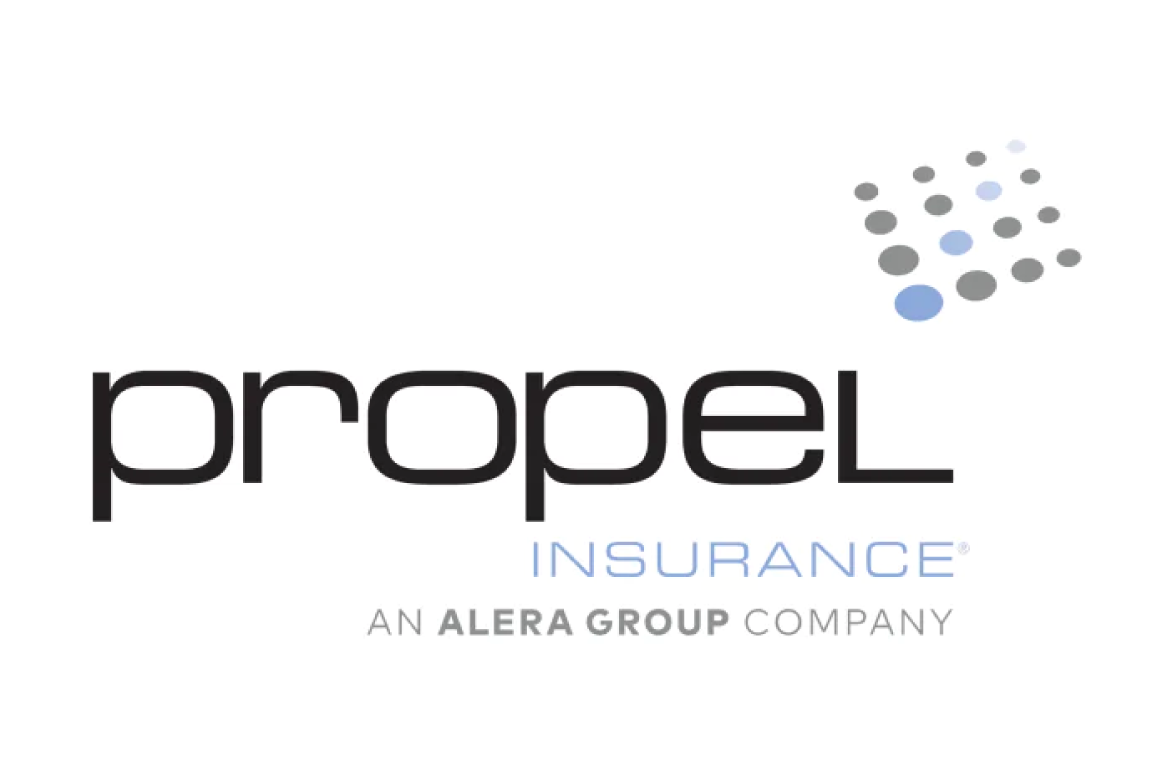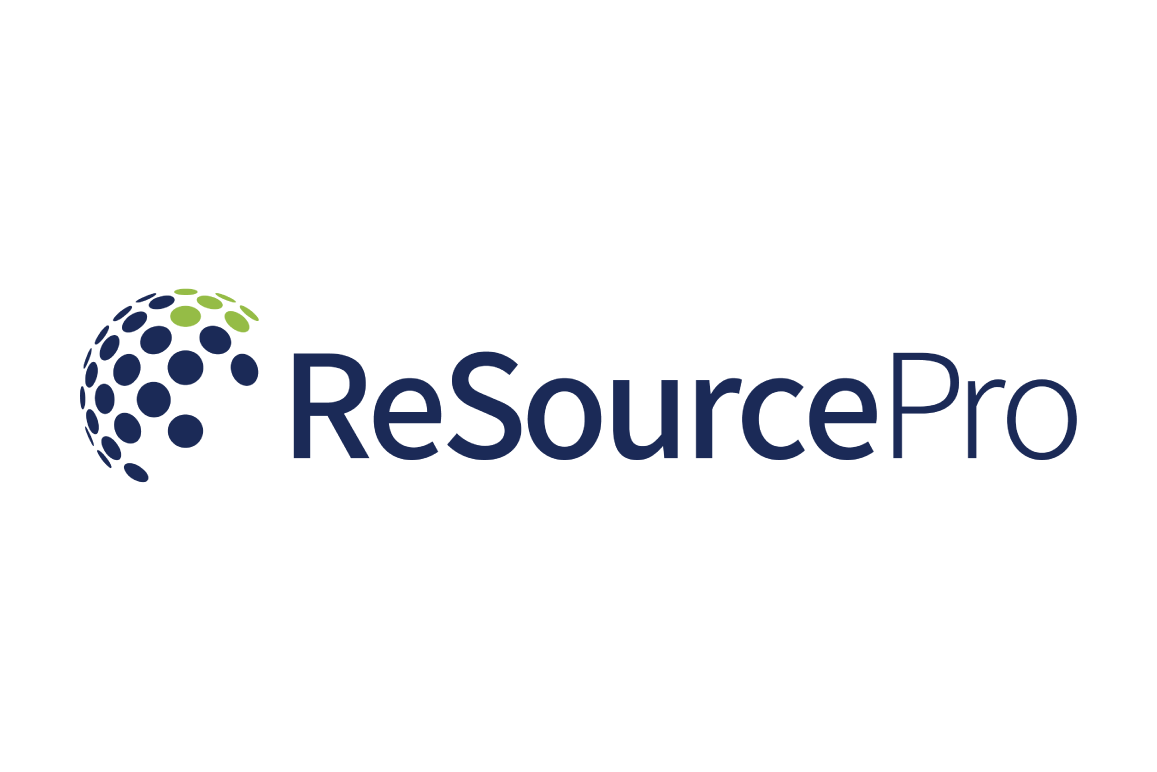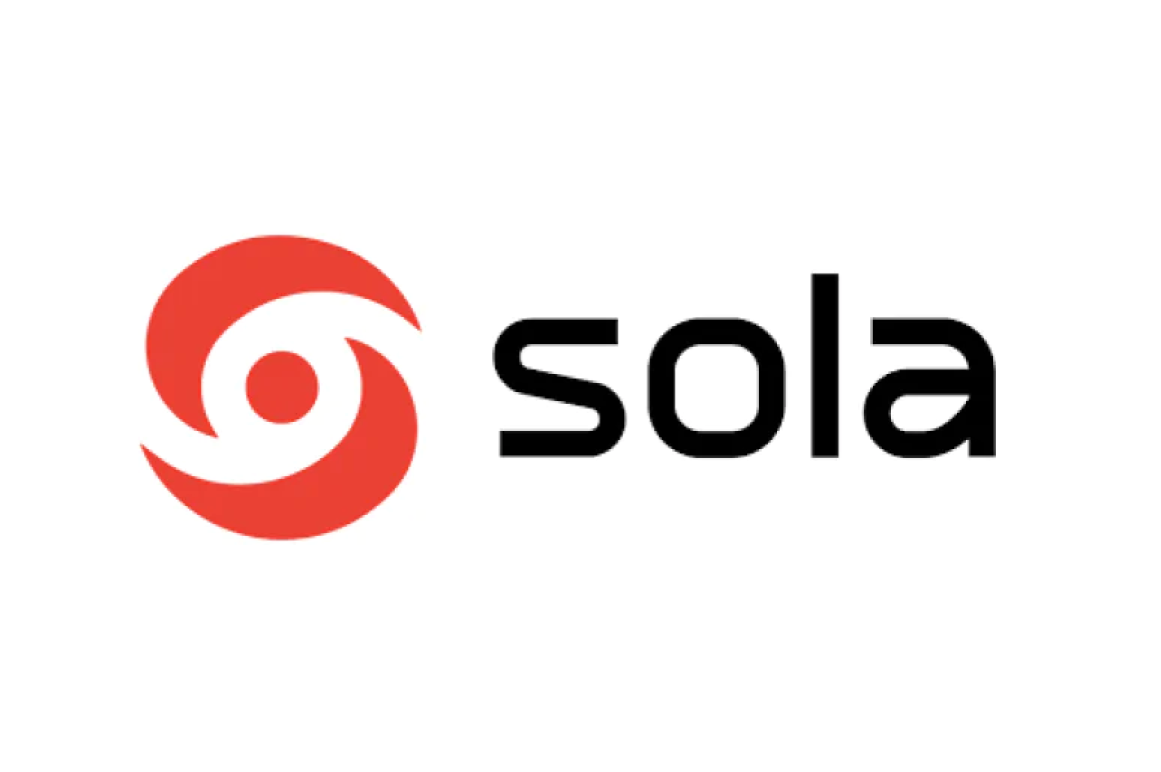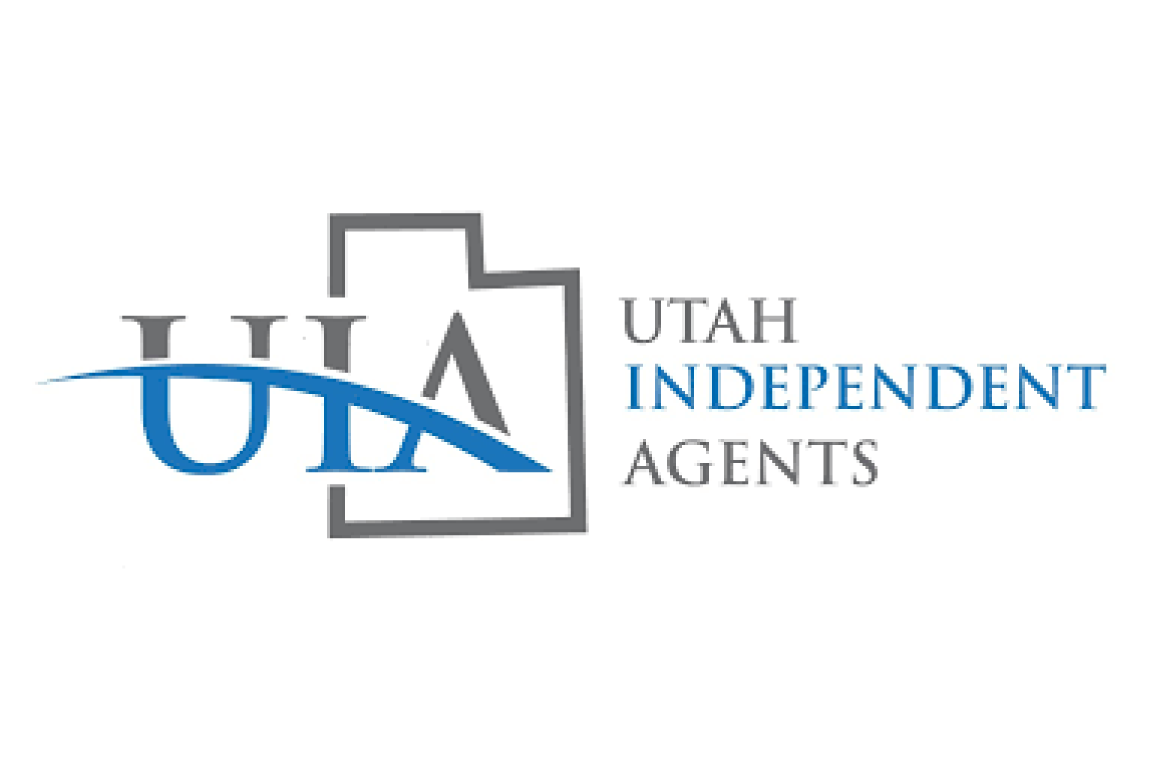By Dustyne Bryant, MBA, CIC, CISR
Director of Risk & Insurance Education and Research
As an insurance professional, understanding the intricacies of recreational vehicle (RV) insurance is essential for advising your clients on the coverages they need. Unlike Personal Auto Policies, RV insurance is designed for vehicles that combine land transportation with temporary living quarters, ideal for travel, recreation, and camping. These vehicles often feature costly upgrades like advanced electrical systems, generators, and satellite Internet and sometimes serve as permanent homes, especially for retirees.
RV Ownership Trends
According to a 2022 RV Industry Association report, nearly 11.2 million U.S. households own RVs, and another 9.5 million households intend to buy an RV over the next five years. According to the survey, 54% of RV owners are over 55 years old, and 46% are between the ages of 18 and 34. The survey also noted significant growth in ownership among Millennials and Gen Z-ers.
Types of RVs
According to the Recreation Vehicle Industry Association (RVIA), RVs fall into two main categories:
- Motorhomes: Class A RVs built on a bus or truck chassis, Class B camper vans, and Class C campers built on a small truck/van chassis (featuring a bed or storage area over the driving cab) are self-propelled vehicles with built-in cooking, bathroom, and sleeping facilities.
- Towable Units: Nonmotorized trailers such as travel trailers, fifth wheels, teardrop trailers, and pop-up campers are equipped with sleeping facilities and designed to be towed by a vehicle (usually a truck).
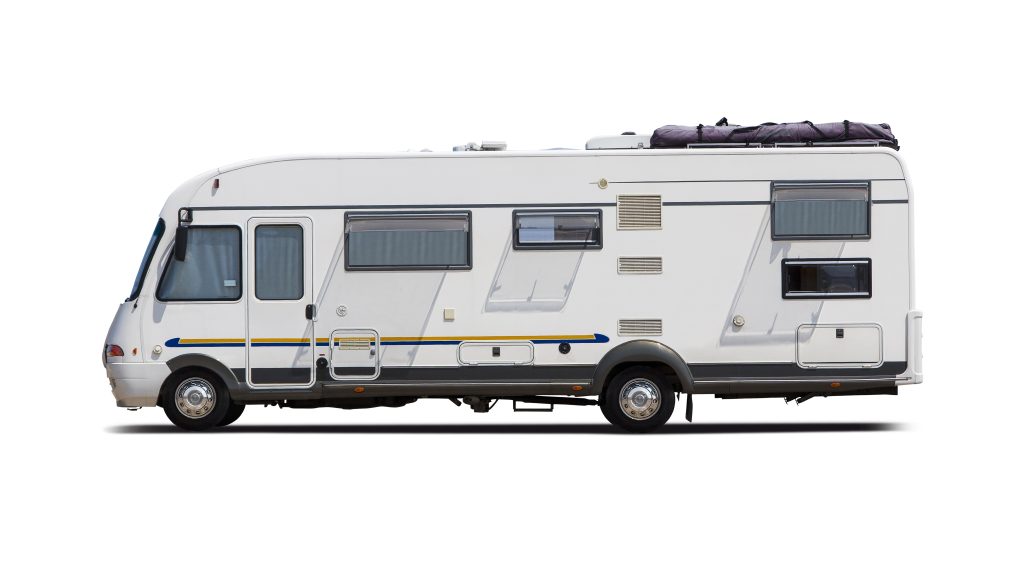
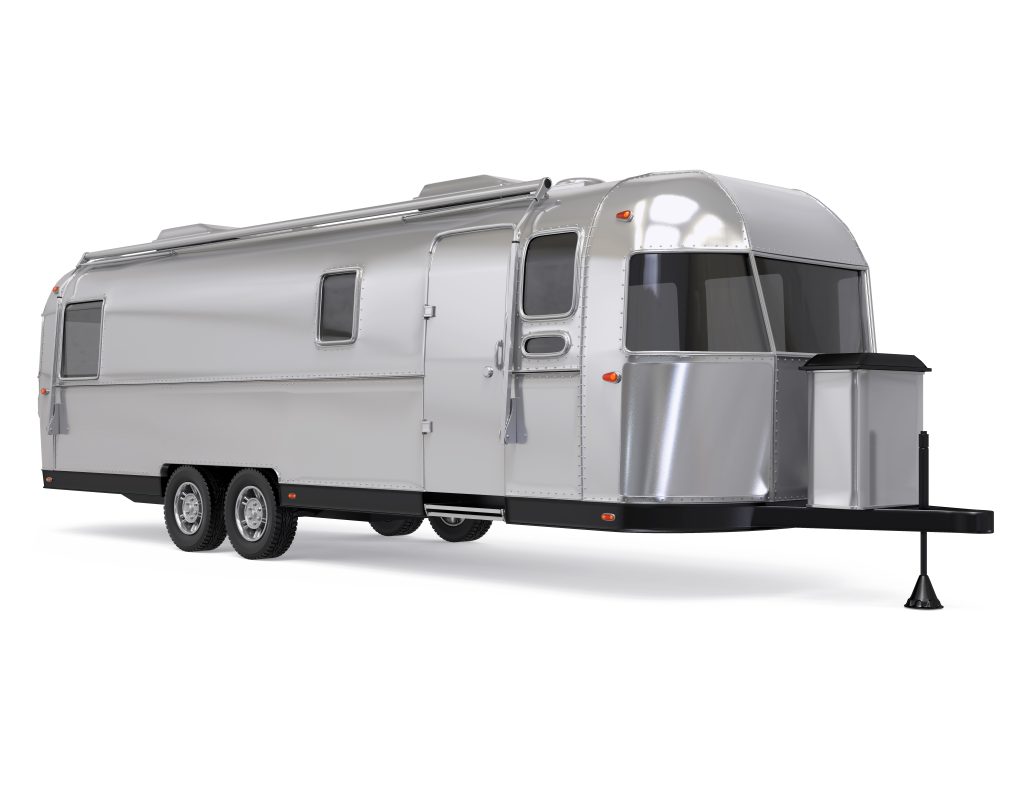
Common Coverage Gaps with Personal Auto Policies and How RV Insurance Helps
As an insurance professional, it’s important to recognize that significant coverage gaps can occur when clients add their RV to a Personal Auto Policy (PAP). Personal Auto Policies aren’t designed for the unique needs of RVs. Here are some common issues:
Liability Limits: Adding an RV to a Personal Auto Policy means the RV will receive liability limits equal to the existing autos, which might be too low for the damage a large motor home can cause. Placing an RV on its own policy allows the client to select higher liability limits without affecting the cost of their Personal Auto Policy. In addition, having an RV policy will allow a Personal Umbrella Liability Policy to extend excess coverage, which may otherwise be excluded without underlying coverage in place.
Personal Liability for Full-Timers: For clients living in their RVs full-time (i.e., “full-timers”), PAPs don’t offer comprehensive personal liability coverage. The PAP will often exclude bodily injury liability and medical payments coverage sustained while occupying a vehicle as a residence. RV insurance can provide liability coverage if the client is liable for injuries in or around their RV while used as a residence.
Personal Property: RVs often contain valuables like clothes, housewares, and electronics, also known as personal property. PAPs cover vehicle damage but not the personal property inside. Clients may consider coverage under their Homeowners Policy; however, this policy often has a high deductible and, depending on the type of coverage, may be restricted to certain causes of loss (e.g., a named perils policy) and narrow coverage limits. In contrast, RV insurance includes coverage for personal property at a limit chosen by the client.
Permanent Attachments: PAPs often exclude coverage for awnings, satellite dishes, and essential facilities like cooking and refrigeration (i.e., custom equipment or furnishings), whereas RV insurance includes these specialized items.
Towing and Roadside Assistance: The average auto policy may offer limited towing coverage ($50–$150 or limited to a certain number of miles from breakdown), which may be insufficient for RVs. RV insurance policies will offer higher or even unlimited towing coverage as may be needed for these larger vehicles.
Trip Interruption Coverage: When clients take their RV on the road, they plan to live in it rather than book a hotel room or stay with relatives. If the RV breaks down and needs to be towed for repairs, they might face unexpected lodging expenses. RV insurance can help with Trip Interruption Coverage, which pays for the cost of a hotel and meals after a covered incident.
Understanding RV Insurance
To help clients understand why they should purchase RV insurance rather than adding an RV to their Personal Auto Policy, insurance professionals should have knowledge of several key areas:
Types of RVs: It’s important to differentiate between motor homes and towable units. Be aware of DIY RV conversions vs. conversions performed by a bonified retailer. DIY conversions may not be eligible for RV insurance by many insurance companies.
Loss Exposures: As the insurance professional, you should conduct a thorough risk assessment to identify specific risks associated with each client’s RV ownership and intended use. Watch out for the RV owner who intends to rent their unit to others, as this is often an uninsurable exposure.
Policy Coverage Analysis: RV coverage is not a standardized product, meaning no two RV policies are alike. Each insurance company decides what coverage to offer, what perks to include, and what exposures to exclude. Selecting an RV policy based on the lowest price or changing companies when the client is unhappy with the cost may result in them losing valuable coverage. You must examine the details of motor home and travel trailer policies and educate your clients on the differences.
Distinctive Coverages: As this article outlines, RV policies include features not offered in Personal Auto Policies or Homeowner Policies—features and coverages specific to the needs of an RV owner. You can put your client at ease by highlighting the unique coverages offered by RV insurance.
By mastering these aspects, you can ensure that your clients have the right coverage to protect their RVs and enjoy their travels with peace of mind. This knowledge not only enhances your expertise but also helps you provide comprehensive solutions tailored to the unique needs of RV owners.
